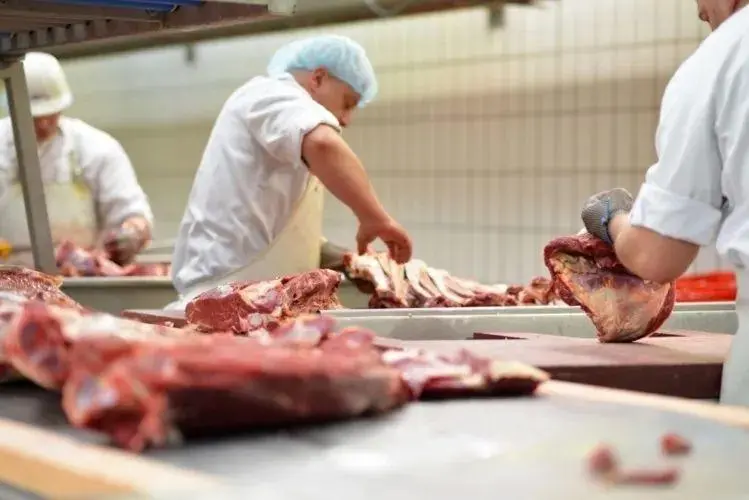
Oct . 22, 2024 07:54 Back to list
Enhancing Meat Tenderness with Effective Techniques for Delicious Results
The Art of Tenderizing Transforming Tough Cuts into Culinary Delights
Cooking is an art form that combines technique, creativity, and the right ingredients. One of the most crucial aspects of preparing meat is ensuring it is tender and flavorful. This is where the process of tenderizing comes into play. Tenderizing meat not only enhances its texture but also helps to infuse it with flavors, making every bite a delight.
Understanding Muscle Fibers
To comprehend the need for tenderization, it’s essential to understand the structure of meat. Meat is composed of muscle fibers, connective tissue, and fat. Tough cuts, often derived from well-exercised parts of the animal such as the shoulder or leg, contain more connective tissue and less fat. These cuts can be delicious but require proper treatment to break down the tough muscle fibers.
Methods of Tenderizing
There are several effective methods for tenderizing meat, each suited for different cuts and culinary preferences.
1. Mechanical Tenderization This can be done using a meat mallet or a specialized tenderizing tool that punctures the meat, breaking down the fibers and connective tissues. This method is particularly useful for steaks and chicken breasts, allowing marinades to penetrate more deeply.
2. Marination Using acidic ingredients such as vinegar, citrus juice, or yogurt can help tenderize meat. The acid breaks down protein structures, making the meat softer. Marinades can be enhanced with herbs, spices, and oils, adding layers of flavor along with tenderness.
3. Brining Soaking meat in a saltwater solution not only helps in retaining moisture but also tenderizes it through the process of osmosis. This method is especially effective for poultry and pork, leading to juicier and more flavorful results.
tenderizer

4. Dry Aging This is a less common but highly effective method primarily used for beef. Dry aging involves hanging the beef in a controlled environment for several weeks. During this time, natural enzymes break down the muscle fibers, creating a tender, flavorful cut.
5. Cooking Techniques Some cooking methods naturally tenderize meat. Slow cooking, braising, or using a pressure cooker allows tough cuts to simmer in moisture for extended periods, breaking down connective tissues and creating a melt-in-your-mouth experience.
The Science Behind Tenderization
The chemical processes that occur during tenderization are fascinating. Proteins in meat change their structure when exposed to heat, acid, or mechanical force. Understanding this science not only helps in achieving the desired tenderness but also allows home cooks to experiment with flavors and cooking times.
Choosing the Right Cut
Knowing which cuts to tenderize is just as important as choosing the right method. Cuts such as flank steak, chuck roast, and pork shoulder benefit significantly from tenderization techniques. These cuts are often more affordable and, when treated correctly, can be more delicious than pricier options.
Conclusion
Tenderizing may appear to be a simple task, but it can significantly elevate the quality of your meals. By understanding the principles and techniques behind tenderization, home cooks can transform tough cuts of meat into sumptuous dishes that are not only tender but bursting with flavor. Whether you are hosting a dinner party or cooking a weeknight meal, mastering the art of tenderizing will undoubtedly enhance your culinary repertoire. So, gather your tools, choose your cuts, and let the tenderizing begin!
Latest news
-
Premounted Side Disc for Efficient Operation - AI-Enhanced
NewsAug.04,2025
-
Pneumatic Clipping Machine - Shijiazhuang Bossin Machinery Equipment Co., Ltd.|Precision, Efficiency, Innovation
NewsAug.03,2025
-
Sausage Link Cutter JC999-03 | Fast & Precise Sausage Slicing Tool
NewsAug.03,2025
-
Pneumatic Clipping Machine- Shijiazhuang Bossin Machinery Equipment Co., Ltd.|Sausage Production Line, High Efficiency
NewsAug.03,2025
-
Pneumatic Clipping Machine - Shijiazhuang Bossin Machinery Equipment Co., Ltd.|Sausage Production Line, Efficient Meat Processing
NewsAug.03,2025
-
Pneumatic Clipping Machine-Shijiazhuang Bossin Machinery|Precision Efficiency
NewsAug.03,2025